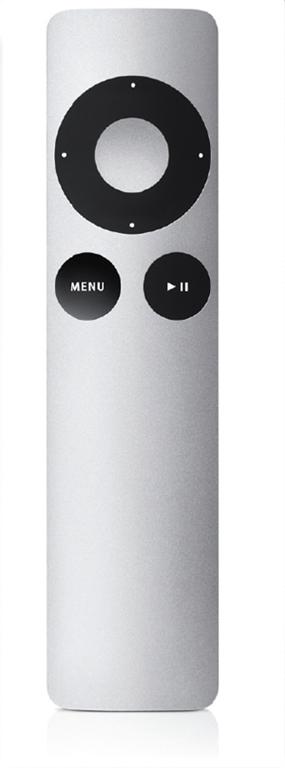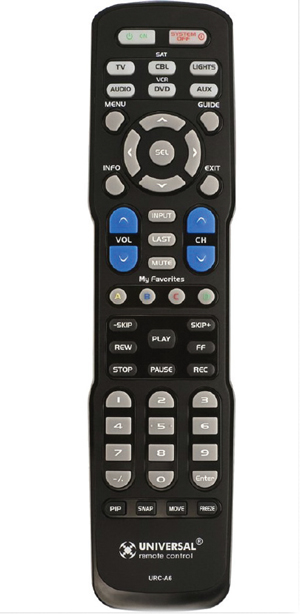
TOM BUTTS
EDITOR-IN-CHIEF
tbutts@nbmedia.com
As Cupertino prepares its fall campaign of new product releases, the buzz around the rumored forthcoming “Apple TV” has reached new heights of absurdity. Recently crowned “the world’s most valuable company,” (again), Apple has kept such a clamp on any proprietary information being released on this still-mythical product that I think even the CIA could take a few pointers.
Six months ago, analysts were convinced that the “new” Apple TV would be an HDTV set released by the end of this year. Recently though, speculation has turned towards the idea that this so-called Apple TV actually already exists in the form of the $99 Apple TV box, which the late Steve Jobs referred to as a “hobby.” Of course, it was the release of Walter Isaacson’s Steve Jobs biography last year that set off the rumor-sphere with the now-famous line that Apple had finally “cracked the code” on the future of television.
Such speculation was fueled by a recent report in The Wall Street Journal that Apple is “in talks” with the nation’s largest cable providers to allow consumers to use a “set-top box” to access television content, both canned and live. “The talks represent Apple’s most ambitious crack at infiltrating the living room after years of trying,” the paper said. Whether the device would be an entirely new box or a souped-up version of the existing product is the big question.
When it comes to predicting the future of Apple TV, I’ll leave the analysis to the analysts. What I’d like to focus on instead is that most humble of accessories that comes with the current Apple TV—of which I am already a user and a fan—the humble remote.


Which would you prefer to use to control your TV? (size not to scale)
The Apple TV remote reflects Apple’s software-focused philosophy. With only three buttons, it is the personification of simplicity, especially when you compare it to today’s mega-button cable TV remote. Apple has combined the clean look of its hardware with the power of its icon-based menus to present a streamlined, less-cluttered content menu that simplifies navigation. It’s not perfect by any means, as many users will attest to the clunkiness of using the remote to enter characters on the screen, but it’s still an improvement over old technology.
The professional video industry's #1 source for news, trends and product and tech information. Sign up below.
Last month, news of an Apple patent that bypasses the remote in favor of automated program (and commercial skipping) navigation based on a user’s preferences surfaced. However, I don’t think this would negate the use of hardware entirely— especially if pay-TV providers want to maintain an ad-driven environment. Many consumers will still want the security and reliability of a remote. And others simply may not want Apple to know too much.
In addition to content, navigation is perhaps the key to unleashing the potential of over-the-top TV. And the idea of a single remote that combines all the functions of interacting with the TV set fits in well with Apple’s goals, especially if it wants to integrate the Apple “eco-system” in the home. Whether the final navigation scheme is voice-driven by Siri, or controlled via an iPad or iPhone (which can already be done), or user preferences, bringing such software-based capabilities to the simple remote may be one of the missing ingredients for TV’s future success.
Tom has covered the broadcast technology market for the past 25 years, including three years handling member communications for the National Association of Broadcasters followed by a year as editor of Video Technology News and DTV Business executive newsletters for Phillips Publishing. In 1999 he launched digitalbroadcasting.com for internet B2B portal Verticalnet. He is also a charter member of the CTA's Academy of Digital TV Pioneers. Since 2001, he has been editor-in-chief of TV Tech (www.tvtech.com), the leading source of news and information on broadcast and related media technology and is a frequent contributor and moderator to the brand’s Tech Leadership events.

